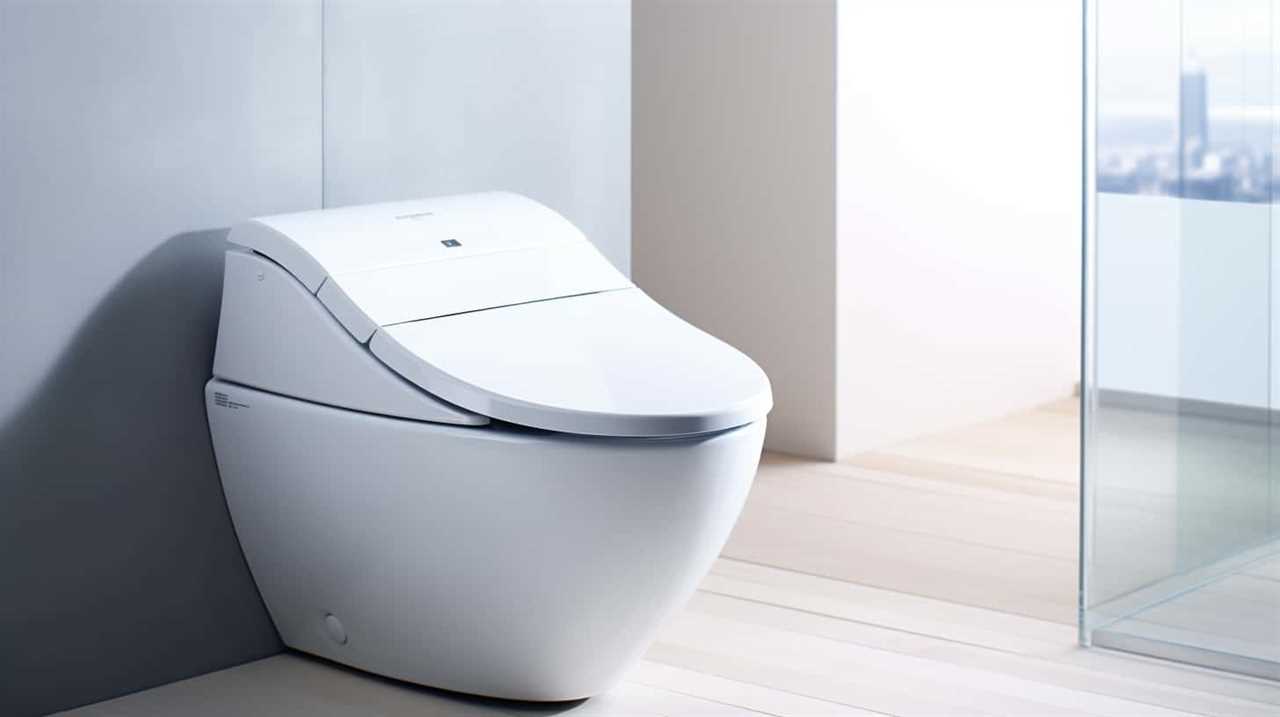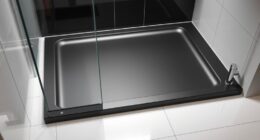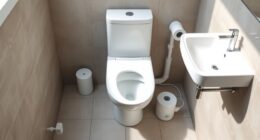Have you ever faced the annoyance of a bathtub that drains slowly? We’ve all been in that situation, watching the water take its time to vanish while standing in ankle-deep water. But don’t worry, because in this article, we will discuss the typical reasons behind bathtub drain issues, the indications of a blocked drain, and practical DIY fixes.
We’ll also discuss the importance of professional plumbing services for repair and preventive measures to maintain a healthy, efficient bathtub drain.
Get ready to master the art of keeping your drain flowing smoothly!
Key Takeaways
- Common causes of bathtub drain problems include hair buildup, not using a drain strainer, failing to clean out the drain regularly, and accumulation of minerals, soap scum, and debris.
- Signs of a clogged bathtub drain include slow drainage, foul odors, standing water in the bathtub after use, and gurgling sounds from the drain.
- Effective DIY solutions for bathtub drain issues include using a baking soda and vinegar mixture, a plunger designed for drains, a drain snake or plumber’s auger, and a hot water flush to dissolve grease and other substances.
- Professional plumbing services for bathtub drain repair offer regular maintenance, routine inspections and cleanings, expertise and specialized tools for complex problems, and correct and efficient repairs, which can save time, money, and prevent recurring drain issues.
Common Causes of Bathtub Drain Problems
Our research has revealed that one of the most common causes of bathtub drain problems is hair buildup in the drain. Hair, especially long strands, tends to accumulate in the drain over time, leading to clogs and slow drainage. This is often a result of common mistakes that worsen bathtub drain problems, such as not using a drain strainer or failing to clean out the drain regularly.

Additionally, environmental factors can contribute to bathtub drain issues. Hard water, for example, contains minerals that can accumulate and form blockages in the drain. Soap scum and debris can also accumulate in the drain, further exacerbating the problem.
Therefore, it’s crucial to be mindful of these factors and take proactive measures to prevent hair buildup and maintain a properly functioning bathtub drain.
Signs of a Clogged Bathtub Drain
One common sign of a clogged bathtub drain is slow drainage. When water takes longer than usual to go down the drain, it indicates a potential blockage. However, slow drainage is not the only sign to look out for. Here are some other indicators that your bathtub drain may be clogged:
| Signs | Description |
|---|---|
| Foul Odors | Unpleasant smells emanating from the drain can be a sign of buildup. |
| Standing Water | Water pooling in the bathtub after use suggests a clog in the drain. |
| Gurgling Sound | If you hear strange noises coming from the drain, it may be blocked. |
It is important to address a clogged bathtub drain promptly to avoid potential damages. Neglecting the issue can lead to water overflow, pipe corrosion, and even structural damage. To restore proper drainage, various clearing techniques can be employed, such as using a plunger, drain snake, or chemical cleaners.
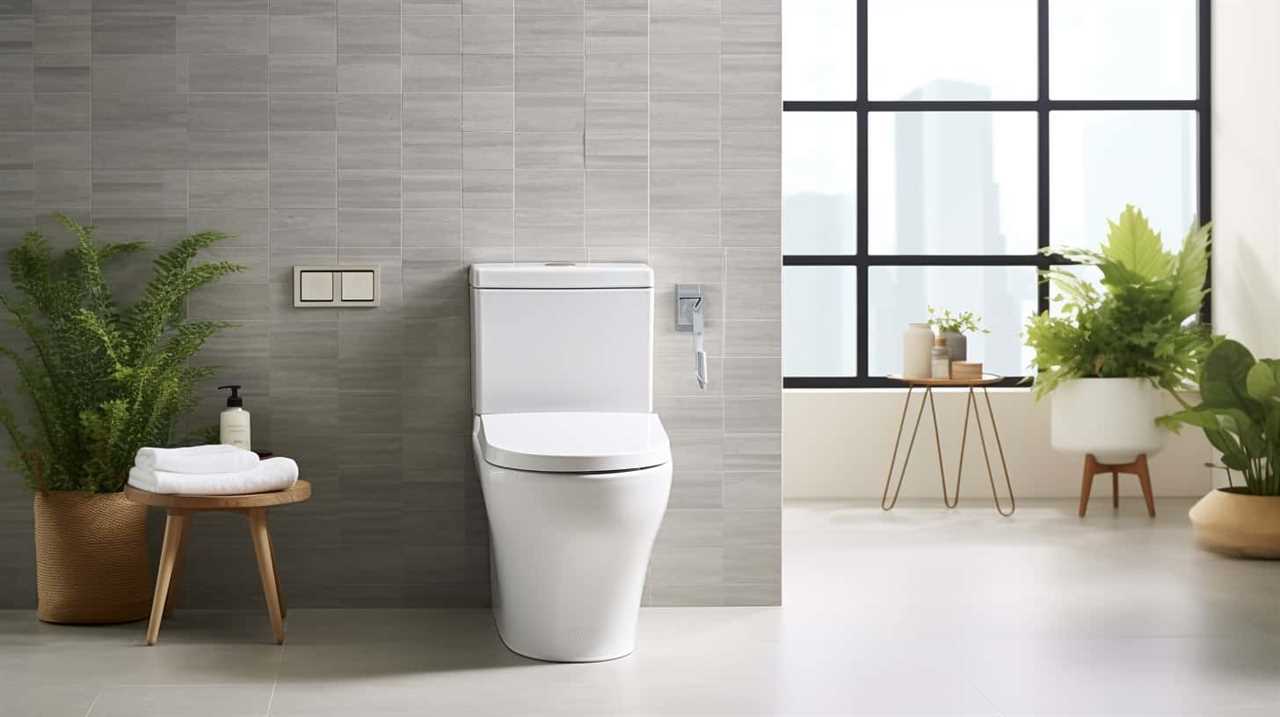
Effective DIY Solutions for Bathtub Drain Issues
To address a clogged bathtub drain promptly and effectively, we can employ various DIY solutions. Here are some natural remedies and DIY drain cleaning tools and techniques that can help:
- Baking Soda and Vinegar: Mix equal parts of baking soda and vinegar, and pour it down the drain. Let it sit for about 30 minutes, then flush it with hot water. This combination helps break down the clog and clear the drain.
- Plunger: Use a plunger specifically designed for drains to create suction and dislodge the clog. Make sure to cover the overflow drain with a rag or tape before plunging to ensure maximum pressure.
- Drain Snake: A drain snake, also known as a plumber’s auger, can be inserted into the drain to remove the blockage. Rotate the snake gently while pushing it further into the drain until you feel resistance, then pull it out along with the clog.
- Hot Water Flush: Boil a pot of water and pour it down the drain in stages. The hot water can help dissolve grease and other substances causing the clog.
These DIY solutions can effectively unclog your bathtub drain without the need for professional intervention.
Professional Plumbing Services for Bathtub Drain Repair
For more extensive or complex issues with your bathtub drain, it may be necessary to seek professional plumbing services. While DIY solutions can often resolve minor drain problems, hiring a professional plumber offers several benefits for bathtub drain repair.
First and foremost, regular maintenance is crucial to keep your bathtub drain functioning properly. A professional plumber can perform routine inspections and cleanings, preventing clogs and other issues from occurring in the first place.

Additionally, a plumber has the expertise and specialized tools to identify and fix more complicated problems, such as damaged pipes or tree root intrusion. By hiring a professional, you can ensure that the repair is done correctly and efficiently, saving you time, money, and the hassle of dealing with recurring drain issues.
Preventive Measures to Maintain a Healthy Bathtub Drain
To ensure a healthy bathtub drain, we can start by regularly using a drain protector and avoiding the disposal of grease or large debris down the drain. Taking these preventive measures will help maintain the smooth flow of water and prevent clogs.
Here are some additional steps you can take to keep your bathtub drain in optimal condition:
- Regular cleaning: Clean your bathtub drain regularly to remove any buildup of soap scum, hair, or other debris that could potentially lead to clogs.
- Proper use of drain stoppers: When using a drain stopper, make sure it’s properly positioned and functioning correctly to prevent any foreign objects from entering the drain.
- Flushing with hot water: Once a week, flush your bathtub drain with hot water to help dissolve any accumulated grease or soap residue.
- Using a plumbing snake: If you notice slow draining or suspect a clog, use a plumbing snake to remove any blockage that may be present.
Frequently Asked Questions
How Much Does It Cost to Repair a Bathtub Drain?
When it comes to bathtub drain replacement or installation, it’s important to consider the cost. Factors like materials, labor, and any additional repairs needed can contribute to the overall expenses.
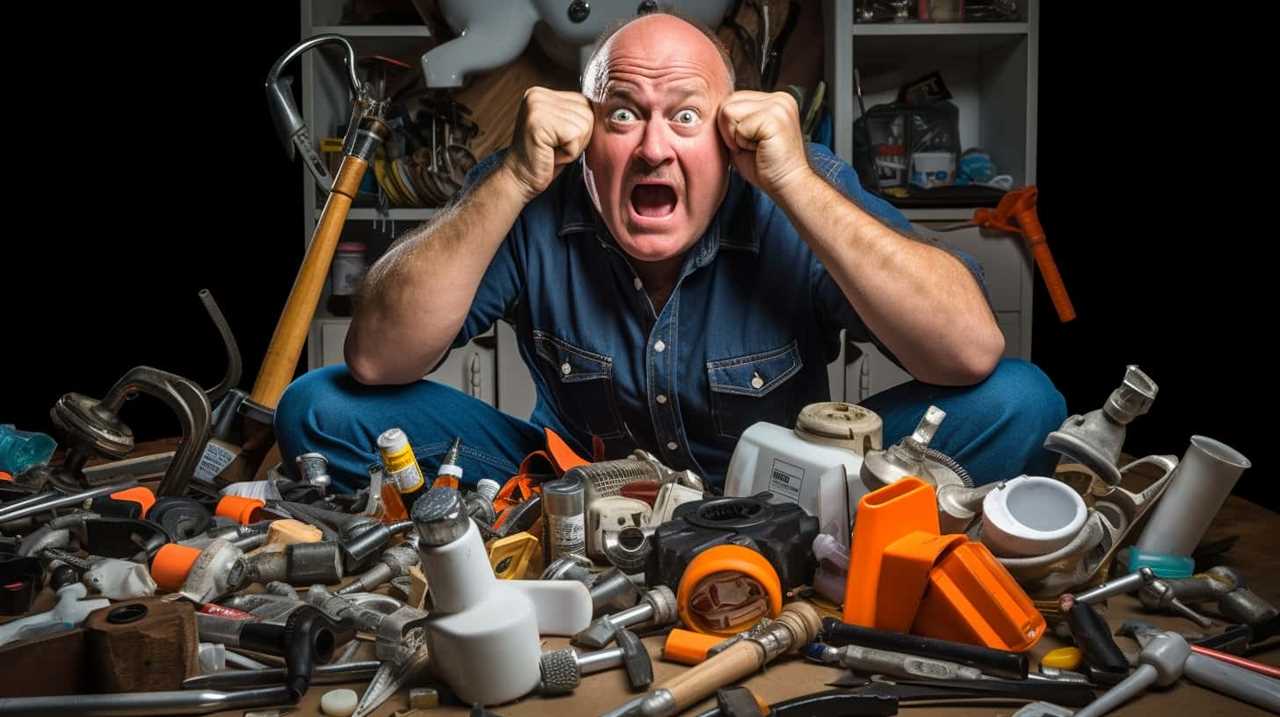
Can I Use Chemical Drain Cleaners to Clear a Clogged Bathtub Drain?
Using chemical drain cleaners to clear a clogged bathtub drain has pros and cons. While they may temporarily solve the issue, they can damage pipes and harm the environment. Alternative solutions like using a plunger or hiring a professional plumber are recommended.
How Often Should I Clean My Bathtub Drain to Avoid Clogs?
To properly maintain a bathtub drain, it’s important to clean it regularly. Signs that indicate a drain needs cleaning include slow drainage, foul odors, and water backing up.
What Are Some Common Mistakes to Avoid When Attempting DIY Solutions for Bathtub Drain Issues?
When tackling bathtub drain issues, it’s important to know the common mistakes to avoid. Our DIY tips will help you navigate the technical aspects and provide detailed, informative guidance for achieving mastery.
Is It Possible to Prevent Bathtub Drain Problems by Using a Drain Strainer?
Yes, it is possible to prevent bathtub drain problems by using a drain strainer. By using a drain strainer, you can effectively prevent hair clogs from accumulating in your drain, which is one of the main causes of drain problems. Additionally, using a drain strainer has the added benefit of being an easy and inexpensive solution to maintain the proper functioning of your bathtub drain.

Conclusion
In conclusion, maintaining a healthy bathtub drain is crucial to prevent clogs and ensure smooth drainage.
By being mindful of what goes down the drain and regularly cleaning it, you can avoid common bathtub drain problems.
However, if issues persist, it’s advisable to seek professional plumbing services for effective and long-lasting solutions.
Remember, taking preventive measures now can save you from costly repairs and inconvenience in the future.
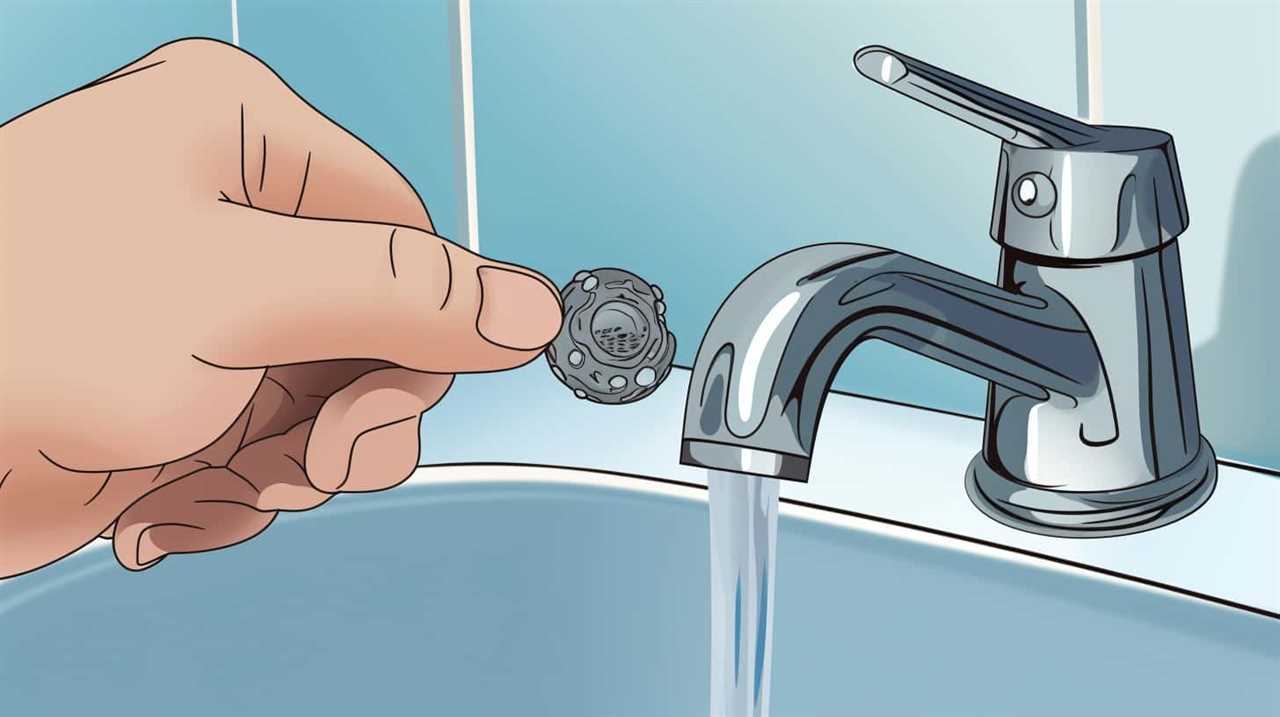
Stay proactive and keep your bathtub drain in excellent condition.






